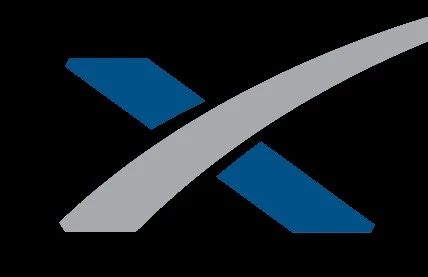The fourth flight test of Starship could launch as soon as June 5, pending regulatory approval.
The fourth flight test turns our focus from achieving orbit to demonstrating the ability to return and reuse Starship and Super Heavy. The primary objectives will be executing a landing burn and soft splashdown in the Gulf of Mexico with the Super Heavy booster, and achieving a controlled entry of Starship.
To accomplish this, several software and hardware upgrades have been made to increase overall reliability and address lessons learned from Flight 3. The SpaceX team will also implement operational changes, including the jettison of the Super Heavy’s hot-stage following boostback to reduce booster mass for the final phase of flight.
Flight 4 will fly a similar trajectory as the previous flight test, with Starship targeted to splashdown in the Indian Ocean. This flight path does not require a deorbit burn for reentry, maximizing public safety while still providing the opportunity to meet our primary objective of a controlled Starship reentry.



The lack of vacuum relight is really interesting - I thought that was the biggest barrier to a “real” orbital flight with a payload that can start offsetting development costs.
But yes, everything else about this flight plan is exciting!
My guess would be that they figure the engineering to get that to work is simple enough that they skipped the risk of it messing up the much more challenging and interesting test of reentry. They already relight Merlin engines in a vacuum routinely so they’re experienced with that, even though Raptor’s a very different engine I bet there’s plenty of similarities there.
I think I’ve come to a similar conclusion after IFT-4. Reusability is the top priority, not a stretch goal like with Falcon-9. As such, the expected value of testing reentry is a lot higher than that of orbital maneuvering.
What an insanely aggressive development approach!